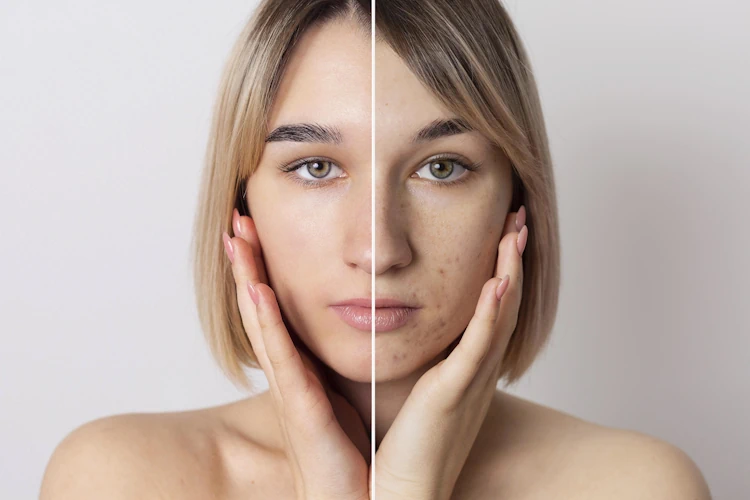
Understanding Different Types of Pigmentation Laser Treatments
Pigmentation refers to the color of the skin, which can be influenced by various factors such as melanin production, sun exposure, and skin disorders. Excessive or irregular pigmentation can result in conditions like melasma, post-inflammatory hyperpigmentation, and age spots. Laser treatments or hilangkan jeragat di muka are increasingly being used to address pigmentation disorders due to their precision and effectiveness.
Pigmentation Disorders and Their Causes
- Melasma: A common condition characterized by dark patches on the skin, often occurring due to hormonal changes, sun exposure, or genetics.
- Post-Inflammatory Hyperpigmentation: Darkening of the skin following an injury, inflammation, or trauma to the skin, such as acne or eczema.
- Sun Damage: Excessive sun exposure can lead to an increase in melanin production, resulting in sun spots or solar lentigines.
- Age Spots: Also known as liver spots or solar lentigines, age spots are flat, brown, or black spots that commonly appear on areas of the skin exposed to the sun.
- Birthmarks: Congenital pigmentation variations that can range from small, flat spots to larger, raised patches of skin.
Understanding Different Types of Laser Treatments
- IPL (Intense Pulsed Light): A non-ablative treatment that uses a broad spectrum of light to target pigmented lesions. It is commonly used for conditions like sun damage, age spots, and freckles.
- Fractional Laser: A non-ablative or ablative treatment that uses a laser beam to target specific areas of pigmentation. It is effective for conditions like melasma and post-inflammatory hyperpigmentation.
- Q-switched Laser: A non-ablative treatment that uses short pulses of laser energy to break down pigmented lesions. It is commonly used for conditions like melasma, post-inflammatory hyperpigmentation, and tattoo removal.
Visit mediskin for this laser treatments.

Benefits and Risks of Laser Treatments for Pigmentation
- Benefits: Laser treatments can effectively target pigmentation disorders with minimal downtime and discomfort. They offer a precise and controlled approach to treating pigmented lesions.
- Risks and Side Effects: Risks and side effects of laser treatments for pigmentation may include temporary redness, swelling, or darkening of the treated area. In rare cases, scarring or infection may occur.
Preparation and Aftercare for Laser Treatments
- Preparation: Before undergoing laser treatment, patients should avoid sun exposure, discontinue the use of certain skincare products, and follow any specific instructions provided by their dermatologist or healthcare provider.
- Aftercare: After laser treatment, patients should avoid sun exposure, use sunscreen regularly, and follow any specific post-treatment instructions provided by their dermatologist or healthcare provider.
FAQs
- How many sessions of laser treatment are typically needed to treat pigmentation disorders?The number of sessions required for laser treatment can vary depending on the type and severity of the pigmentation disorder, as well as the individual’s skin type and response to treatment. Some individuals may see improvement after one session, while others may require multiple sessions.
- Can laser treatment completely remove pigmentation disorders?While laser treatment can significantly improve the appearance of pigmentation disorders, it may not completely remove them. Some individuals may require ongoing maintenance treatments to maintain results.
- Are laser treatments safe for all skin types?Laser treatments can be safe for all skin types, but individuals with darker skin tones may be at a higher risk of side effects such as hyperpigmentation or hypopigmentation. It’s essential to consult with a dermatologist or healthcare provider to determine the best treatment options for your skin type.
- How long does it take to recover from laser treatment for pigmentation disorders?Recovery time from laser treatment can vary depending on the type and severity of the pigmentation disorder, as well as the specific laser treatment used. Some individuals may experience temporary redness or swelling, which typically subsides within a few days to a week.
- Are there any alternative treatments for pigmentation disorders?In addition to laser treatment, there are other treatment options available for pigmentation disorders, such as chemical peels, microdermabrasion, or topical medications. It’s essential to consult with a dermatologist or healthcare provider to determine the best treatment plan for your skin.